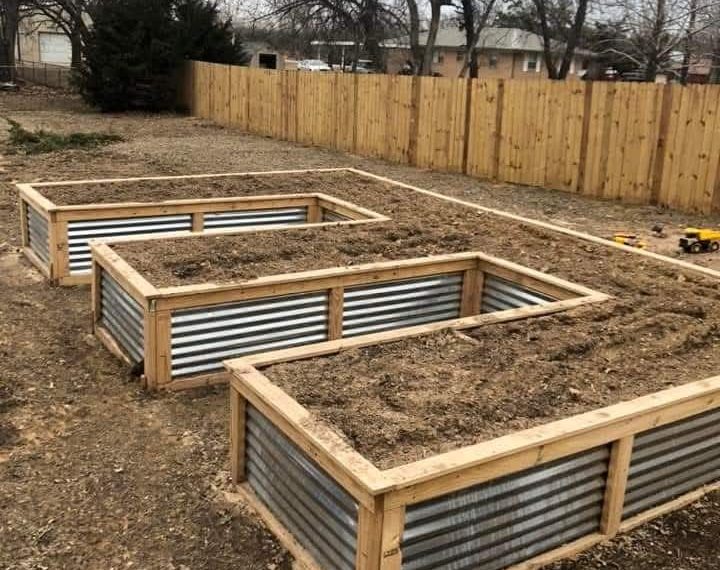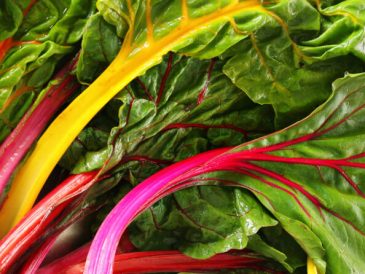In almost any garden setting, raised beds are an excellent alternative, especially if you don’t have much room. Because they warm up early in the spring and have less compacted better-draining soil, they are frequently fruitful because plants may begin to develop earlier in the year.
In addition, raised beds are frequently simpler to manage, especially for those with restricted mobility, and tend to have fewer perennial weeds. Raised beds may be a fantastic option for nearly anybody interested in vegetable growing, as shown by all the previously given benefits.
There are no fixed guidelines for building raised beds. Many gardeners are pleased to buy kits from gardening supplies, but we can try making them by ourselves. Raised beds ought to be no wider than four feet in order to make it simple to access the middle of the bed without treading on the soil.
After all, less compaction and improved soil structure are two key advantages of raised beds. Beds may be whatever form and length you like as long as the width is acceptable.
These 18 examples might serve as the garden beds of your choice.
#1. Diy Corrugated Metal Raised Beds
Utilize roofing sheet metal to build a sizable, long-lasting plant bed. Metal is readily accessible, and you can have it pre-cut and made into any form you desire in accordance with your demands and tastes, so it is definitely less expensive than most hardwood designs.
#2. Wine Barrel Garden Beds
Growing edible and beautiful plants in wine barrels is a fantastic idea for container gardening! They are comparable to the ideal little raised garden bed: more portable, less expensive, and ready for use than a conventional raised bed, while providing more growth room and moisture retention than a typical pot. Not to mention how they give any garden an appealing rustic charm.
#3. Let’s Try Building A High Elevated, Functional Garden Bed
Plans for waist-high raised garden beds will teach you how to design a fruitful, simple-to-maintain garden. You will be able to produce food and flowers again without having to stoop or kneel thanks to DIY-raised garden beds. Additionally, DIY-raised planter boxes enhance the landscape and improve the curb appeal of your house.
#4. Half Gallon Juice Drum Beds
One excellent instrument for advancing toward a fully sustainable and eco-friendly way of living is the gallon juice drum. Starting a raised bed garden or garden planter may be done very quickly and easily. A raised bed garden may be set up and ready in a single day if you have the necessary time, resources, and abilities.
#5. Old Log Raised Beds
In addition to being cost-effective, log-raised beds support the natural soil ecology by regulating moisture levels and fostering microbial activity.
#6. A Charming Stone Garden Bed
Natural variations in color, tone, form, size, and texture make stone a very adaptable material. There is a stone that will complement your style and mix in with the rest of your outdoor design, whether your home is super contemporary or rustic chic.
#7. Gabion Raised Garden Beds
Gabion baskets provide a ton of advantages for your garden. They’re frequently used to elevate vegetable gardens, offering protection from animals and making it simpler for those with restricted mobility to use them. In addition, they drain effectively (there is no water buildup). Most importantly, it owns the availability of a variety of standards and sizes to meet projects of various shapes and sizes
#8. Vertical Tire Plant Beds
Tire gardens are a sustainable method to recycle used tires and keep them out of landfills. The next time you have a broken tire in your garage, make your own tire garden.
#9. Brick Garden Beds
You may design the planting space you desire from scratch by making a raised bed out of bricks. Brick is the ideal building material for your raised garden beds and the floor surrounding them. Your garden will seem more cohesive and have a touch of old charm thanks to this suggestion.
#10. Straw Bales
If you’re looking for an inexpensive, readily available, and manageable raised bed material, straw bales are a fantastic choice. Straw bale gardens provide the same benefits of raised beds for gardeners with poor native soil, including cleaner soil, simple access to plants without a lot of bending or kneeling, and fewer pest problems (as plants are up and off the ground).





